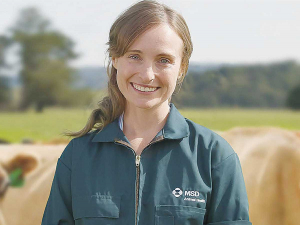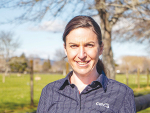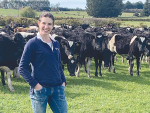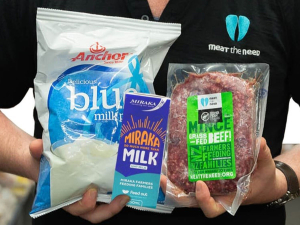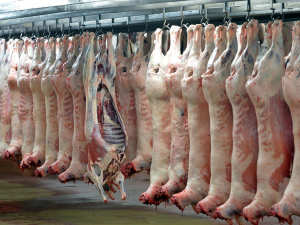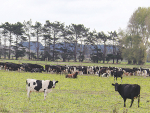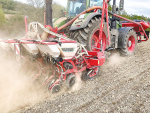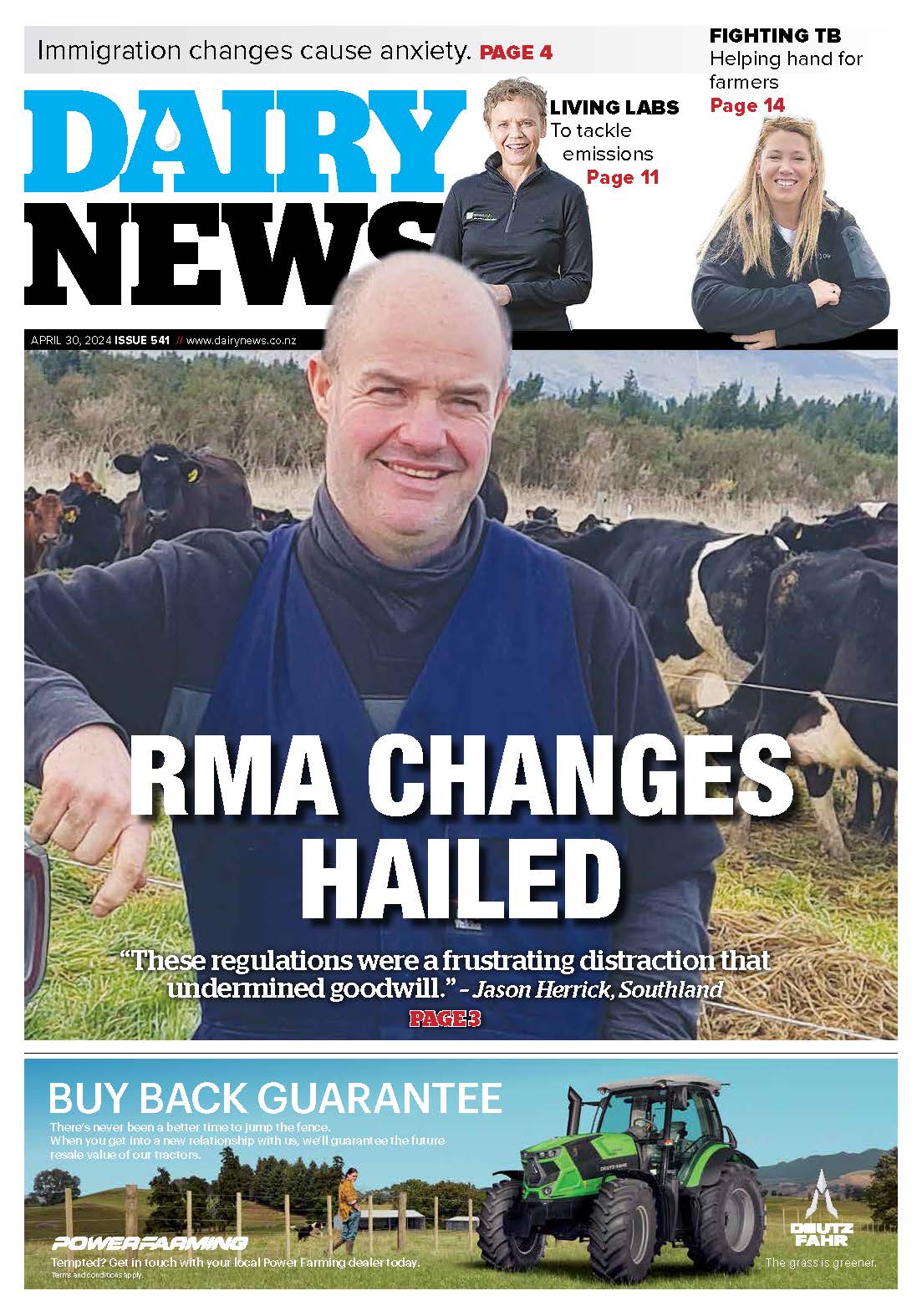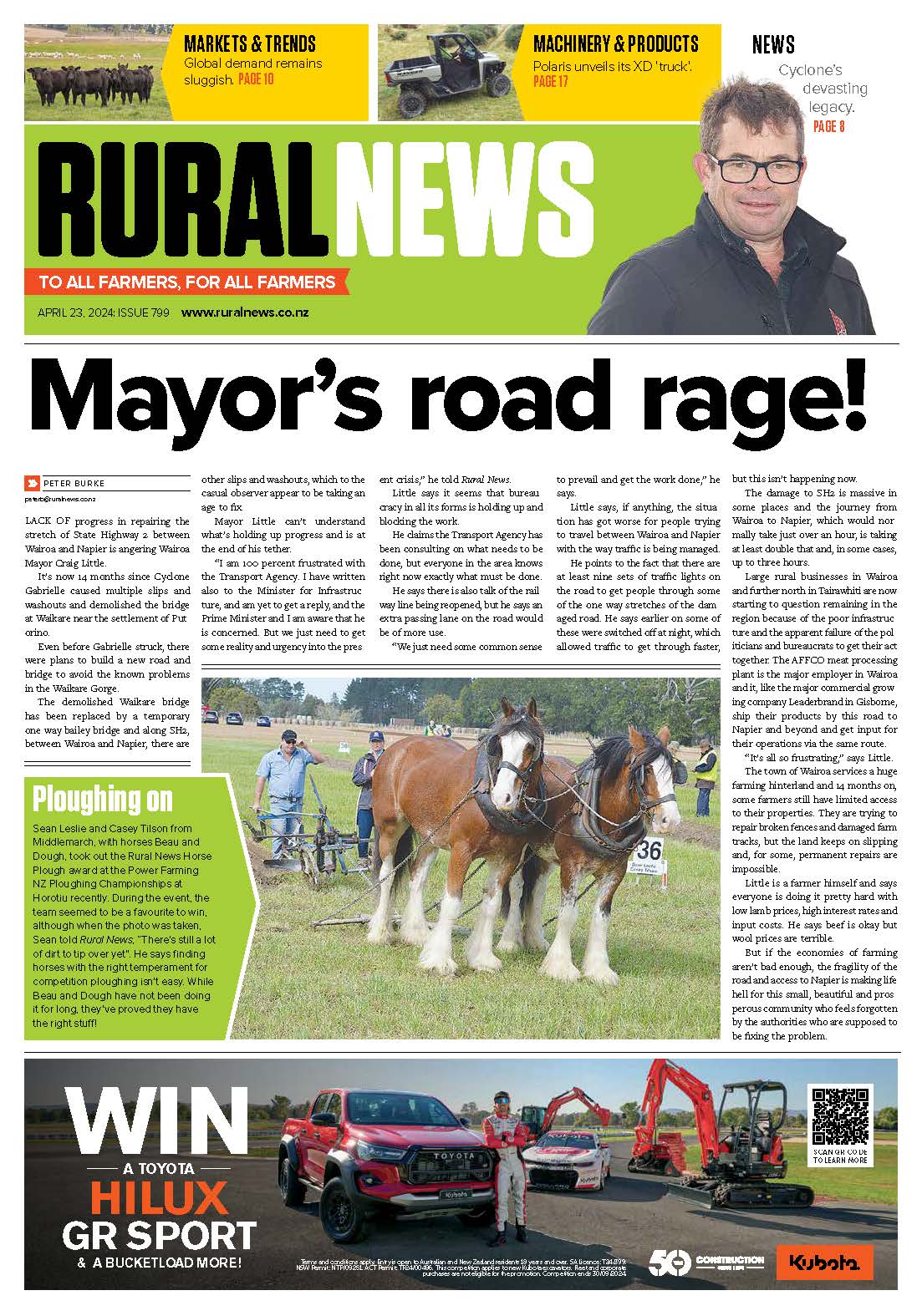BVD is a common but devastating viral infection of cattle in New Zealand, explains Dr Amanda Kilby.
BVD’s most costly impacts are on pregnant cattle and their unborn calves.
When pregnant cows are infected with BVD prior to 35 days of gestation, the pregnancy is usually lost, which impacts next season’s calving spread and/or days in milk.
Between 35 and 125 days of gestation, BVD infection most often causes the calf to become persistently infected with the virus (a “PI”); PIs go on to shed BVD in their saliva, faeces and reproductive secretions for their entire life, and are the source of future BVD infection for other cows/herds.
When a pregnant cow is infected with BVD beyond 125 days of gestation, sometimes the calf is born normal, but it could also suffer from birth defects, such as stunting, eye abnormalities, and immune suppression, which may limit their productivity, or even mean they need to be culled as calves1.
So, there is never a good time for a pregnant animal to get BVD. Protecting pregnant cattle is critical for BVD control in the short, medium and long-term.
You can protect pregnant cattle with vigilant biosecurity, or by vaccinating cows and heifers prior to mating with a BVD vaccine with a label claim for fetal protection.
Biosecurity for pregnant animals means preventing them from having contact with any cattle of an unknown BVD status (i.e. any potential PI cattle).
To ensure good BVD biosecurity, all animals pregnant cattle have contact with should be BVD virus tested negative, and barriers, such as boundary fences with outriggers, should always separate your pregnant cattle from untested cattle.
If you share yards or equipment with cattle of an unknown BVD status, cleaning and disinfecting between mobs, and spelling equipment/facilities you can’t disinfect for at least seven days will minimise the risk of BVD transmission.
If, like most farms in New Zealand, strict biosecurity isn’t always possible, then vaccinating cows and heifers prior to mating each year with a BVD vaccine that provides fetal protection can prevent transmission of BVD virus through the placenta to the calf. This means that even if the dam is infected during pregnancy, the calf should be protected.
Bovilis BVD vaccine provides six months of fetal protection following the initial sensitiser and booster, and 12 months of fetal protection following a third dose (for example, an annual booster). This is the longest duration of demonstrated fetal protection available in New Zealand.
This extra duration of fetal protection covers the herd’s entire risk period for PI formation, and continues to protect pregnancies in late gestation, when birth defects and the occasional late-gestation pregnancy loss are possible outcomes of BVD infection.
Furthermore, vaccinating so your herd has 12 months of fetal protection provides flexibility around the timing of the annual booster; if you are a beef farmer and need to vaccinate pre-calving rather than pre-mating, your unborn calves should still be protected from BVD.
There’s never a good time for a pregnant animal to get BVD; protecting pregnant cattle throughout gestation, through biosecurity and/or vaccination, is the only way to break the cycle of BVD transmission in the long-term, and to minimise the cost of BVD infection now.
Lanyon SR, Hill FI, Reichel MP, et al. Bovine viral diarrhoea: Pathogenesis and diagnosis. Vet J. 2014;199(2):201–9
• Dr Amanda Kilby is a veterinarian and MSD Animal Health technical advisor





